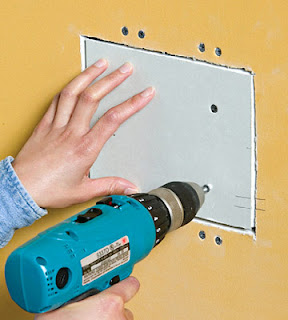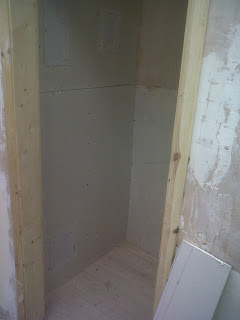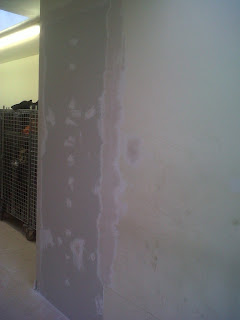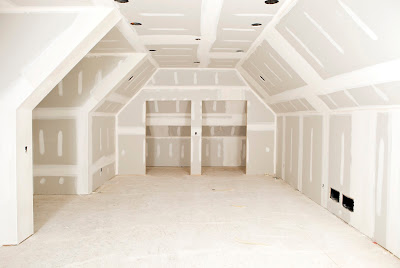The common defects to backgrounds
· Indents to walls
· Crakes from movement to walls
· Holes to walls
Materials
· Polyfilla Filler 2kg £15 (1)
· Plaster board 2400mmx1200mm £10 (1)
· Scrim 48mmx90mm £5 (1)
· Dry wall screws 25mm pk 500 £15 (1)
· Plaster 25kg £10 (1)
· Different type of backgrounds
· Is its stable
· If its not overly cracking
Tools
· Harris Continental Filling Knives 80,100 and 120mm
· Retractable knife
· Bin
· Dust pan and brush
· Spot bored
· Pencil
· Cordless drill
· Hark
· Trowel
· Plastering bucket
· Wisk
· Bucket trowel
· Level 4 ft
· Pencil
PPE
· Boots
· Gloves
· Goggles
Risk assessment
· Cutting hands on objects
· Tripping over objects
· Inhaling dust
We wear correct PPE. To prevent these risks from happening. To stop cuts to hand wear thick gloves and also keep a good working area so no risk of falling over objects happening and last for dust wear a dust make will help to stop breath in bust and keep your health better. We are working to the health and safety act 1974.
Method statement
We first got our PPE on, and then we made our way to the area of the hole in wall and marked up a square around hole with a level and pencil. Then protected the floor before cut out with ether a dry wall knife or repeatable knife so that it will give a good fit for a new bit of plaster bored. Then when all fixed and in place with scrim on it and with PVA we started to mix but a bit of later roughly 1m2. After it mixed to a fine and smooth we started to apply it with a 2mm or 3mm 1st cote and then leave till a tacky touch and smooth down. We then reputed the same process but with a thinker cote about 1mm then just do all the same till all polished and nice. Then we made any last touches and packed away (plus clearance).
Quote
Dear customer
We have inspected your wall and found a hole and a few indents too so we shall sort out that for you.
We will cut a good size square, so that we can fit a new bit of plasterboard to your wall to hide the hole and then scrim it so that when we plaster it will look like it was never there.
Then after when all is done sorting out they hole will make a bit of filler up so fill in the indents.
Then we will sand wall down to a smooth finish and then pack away (plus clearances).
Time
6 hours
Cost
They cost of all the materials and labour will be £495
• Materials £55
• Labour £40 per hour
Total cost £495














